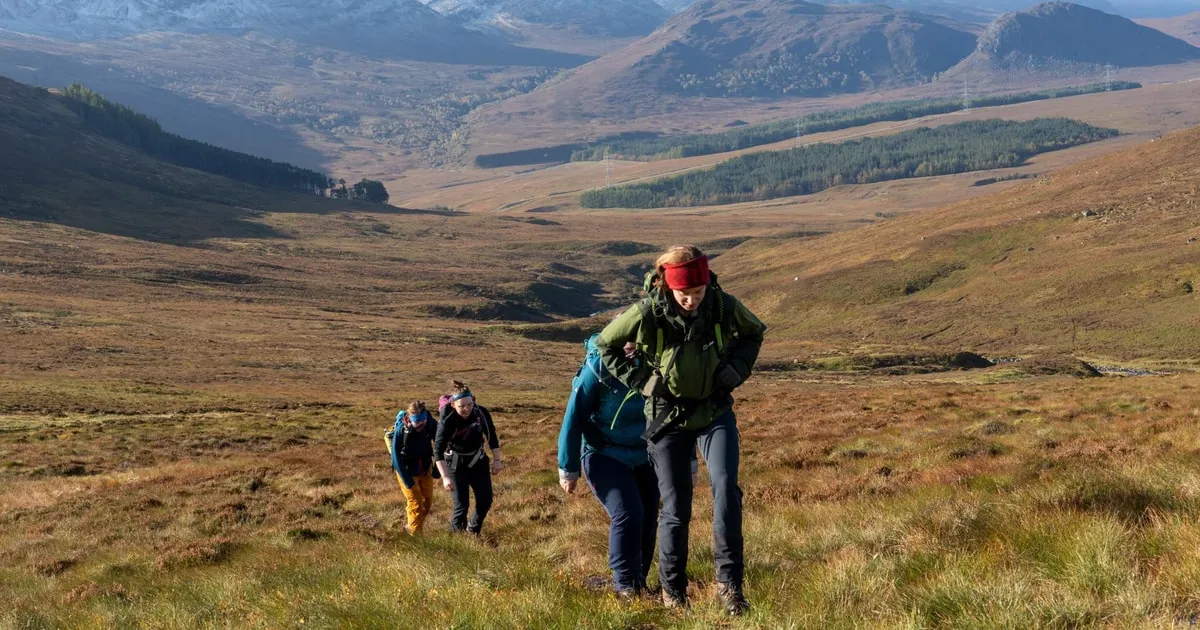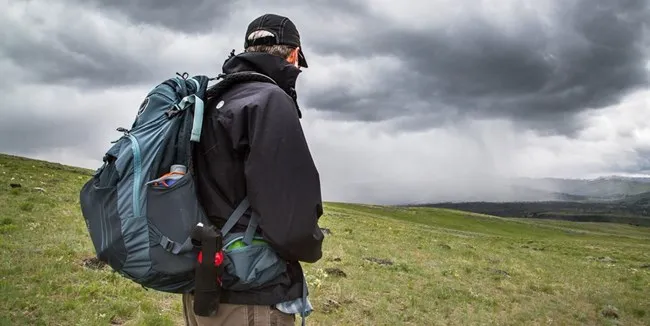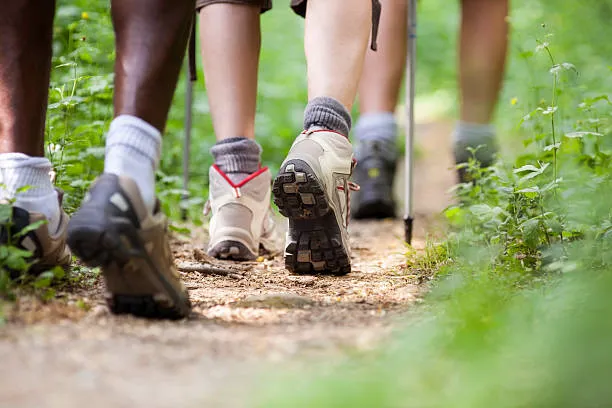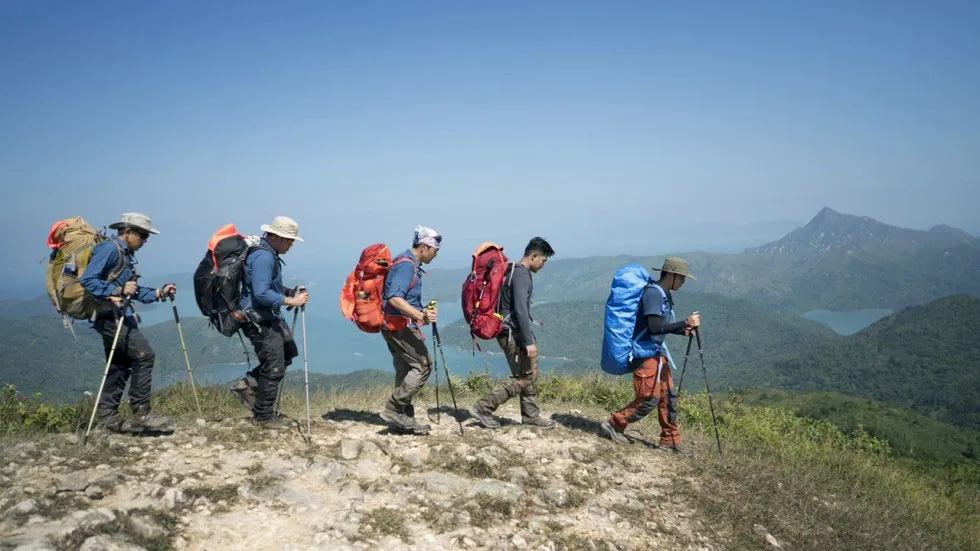The journey to becoming a confident hiker starts with a single step. Learning how to start hiking doesn’t require expensive gear or extreme fitness, it’s about knowing what to bring, where to go, and how to stay safe and comfortable on the trail. If you’re asking yourself how to start hiking for health, adventure, or mindfulness, this guide from The National Park will provide everything you need to get going.
Mastering how to start hiking can lead to physical strength, mental clarity, and a deeper connection with nature. With the right planning and a few trusted products, you’ll be ready to make hiking a rewarding habit that elevates your life one trail at a time.
Assess Your Fitness Level
Understanding your baseline fitness is essential when learning how to start hiking, as it helps you build a sustainable foundation without risking injury or burnout. Begin by walking on flat, familiar routes such as sidewalks or park loops, and gradually introduce inclines and longer distances. Pay attention to how your body responds, note your heart rate, breathing pattern, and muscle fatigue. Keep a journal or use a fitness app to track trends over time, so you can clearly identify improvements and areas that need strengthening.
Affiliate-recommended fitness wearables from trusted brands like Fitbit, Garmin, or WHOOP offer real-time monitoring of key health metrics including heart rate variability, step count, and sleep recovery. These devices can help beginners learning how to start hiking by delivering personalized insights and reminders to rest or push based on your body's signals. With the right tools, your hike becomes a guided journey toward better health and greater trail readiness.
>> Read More: Easy Hiking Trails: Top 15 Scenic Routes For Beginners
Find a Beginner-Friendly Trail
When exploring how to start hiking, selecting the right trail is fundamental to ensuring a positive and motivating first experience. Opt for well-maintained trails with gradual elevation gains, wide paths, and distances under 3 miles. Trails that loop back to the trailhead eliminate the need for navigation confusion and are especially suitable for new hikers. State parks, botanical reserves, and nature preserves often offer beginner loops with amenities like restrooms and ranger support.
Digital tools like AllTrails, Gaia GPS, or Hiking Project allow users to sort trails by skill level, trail length, and terrain type, while offering crowd-sourced reviews, difficulty ratings, and real-time trail conditions. Most importantly, these apps offer offline maps, a critical safety net when you're still learning how to start hiking without strong directional skills. Beginners can also explore guided hikes offered by local nature centers, outdoor retailers like REI, or National Park Service rangers to gain experience in a supportive environment.

A Good Pair of Shoes Matter
One of the first and most critical affiliate investments for anyone learning how to start hiking should be quality footwear, as it forms the foundation of a safe and enjoyable trail experience. The right pair of shoes protects your feet from rocks, roots, and unpredictable terrain, while offering traction and support to reduce the risk of slips and ankle injuries. Depending on your trail preference, you might choose lightweight hiking shoes for day hikes, mid-ankle boots for added stability, or trail runners for speed and breathability. Comfort, fit, and terrain compatibility are key factors to consider.
Water, Water Everywhere
Hydration is one of the most overlooked yet essential aspects when considering how to start hiking, especially for beginners unaccustomed to prolonged exertion outdoors. Even mild dehydration can impair focus, reduce physical coordination, and increase the risk of muscle cramps or heat exhaustion. A good rule of thumb is to carry at least one liter of water per hour of hiking, and to drink consistently, even if you don’t feel thirsty, especially in hot, dry, or high-altitude conditions.
To support consistent hydration, affiliate-friendly hydration packs from brands like CamelBak and Osprey offer convenient, hands-free access to water through built-in reservoirs and sip tubes. For those hiking in remote areas where water sources may be uncertain, reusable bottles with integrated filtration systems, such as LifeStraw, Grayl, or Katadyn, allow you to refill safely from streams or springs. Mastering how to start hiking includes learning how to manage hydration efficiently, as it directly impacts your energy, safety, and trail performance.
>> Read More: The 8 Best Hydration Bladders 1L-2L-3L, Tested and Reviewed

Use Navigation
Learning how to start hiking safely includes mastering essential navigation techniques that go beyond relying on visible trail signs. While many popular paths are well-marked, factors like weather, poor lighting, or missing signage can make navigation tricky, especially for beginners. Carrying a detailed topographic map and knowing how to read it can keep you on track. Pair that with a quality compass or a GPS-enabled app with offline functionality to ensure you remain oriented even in areas without cellular service.
>> Read More: How To Read a Hiking Trail Map Quickly and Easily
Bring a First Aid Kit
Every beginner should understand the importance of carrying a lightweight yet well-stocked first aid kit when figuring out how to start hiking. Even on short or familiar trails, hikers are vulnerable to cuts, scrapes, blisters, insect stings, and sudden allergic reactions. A basic kit should include adhesive bandages, moleskin for blister prevention, antiseptic wipes, tweezers, gauze, and antihistamines.
Snacking on a Hike
Understanding how to start hiking means knowing what fuels your body efficiently throughout a trek. Opt for snacks that balance complex carbohydrates, protein, and healthy fats, such as trail mix with seeds and nuts, whole grain energy bars, jerky, dried fruit, and nut butter squeeze packs. These foods provide sustained energy release and help stabilize blood sugar levels during extended physical exertion. By learning how to start hiking with a thoughtful approach to nutrition, you’ll avoid energy crashes and support muscle recovery, ensuring you finish your hike as strong as you began.
Check The Weather
One of the golden rules for how to start hiking is to always check the weather forecast thoroughly before heading out. Mountain weather is notoriously unpredictable, conditions can shift from sunny to stormy within an hour, and even light rain can lead to hypothermia if you’re not properly prepared. Dress in moisture-wicking layers that can be added or removed easily, and always bring a waterproof shell or emergency poncho, especially if storms are forecasted. Consider packing a compact emergency bivy or heat-reflective blanket for unexpected delays. A weather-aware mindset doesn't just make your hike more comfortable, it plays a critical role in your long-term safety and trail decision-making skills.

Build Your Confidence & Hiking Skills
To truly grasp how to start hiking, focus on small, achievable goals that build your confidence over time. Start with shorter, flat trails and progressively challenge yourself with steeper terrain or longer distances as your stamina improves. Don’t hesitate to repeat the same trail multiple times; familiarity breeds confidence and allows you to notice improvements in pace and endurance. Learning trail etiquette, observing wildlife, and tuning into your body’s signals all contribute to building hiking literacy. Experience is the best teacher, especially when combined with consistent self-assessment.
Affiliate-supported hiking journals or digital logging tools like The Hiker’s Log or the Gaia GPS app help you track distance, elevation gain, route details, and even mood or physical exertion. These products allow you to visualize your progress and identify patterns in performance and preference. For those focused on mastering how to start hiking, journaling creates an intentional habit that promotes mindfulness, goal setting, and measurable achievement.
Tell Someone
When planning how to start hiking, always share your intended route, trailhead location, and estimated return time with a trusted contact. This proactive step is critical, if something goes wrong, rescue efforts are more effective when someone knows where to begin looking. Consider setting a check-in time post-hike so your contact knows when to raise the alarm if needed.
To enhance your safety, affiliate-supported devices like Garmin InReach or SPOT trackers offer real-time GPS tracking, two-way messaging, and SOS alert systems that function even without cell service. These tools are essential for solo hikers or those venturing into remote areas and represent one of the smartest investments you can make when learning how to start hiking responsibly.
>> Read More: 7+ Hiking Safety Tips for Beginners: How to Best Prepare
Watch Your Feet
Knowing how to start hiking also means cultivating situational awareness with every step you take. Trail obstacles like roots, uneven stones, and loose gravel aren't just nuisances, they can quickly lead to ankle twists, falls, or serious injury if overlooked. Maintaining a steady, intentional pace and scanning the path 3–5 feet ahead can help you anticipate hazards before they become problems. Developing this habit builds your trail awareness, balance, and reaction time.
Trekking poles from trusted brands like Black Diamond or Leki not only enhance stability but also distribute weight more evenly across your body, especially on descents or slippery terrain. For those just figuring out how to start hiking, these tools can dramatically improve confidence and reduce joint strain, making them a smart and accessible addition to any beginner’s hiking kit.

Time It Right
Time management is key when determining how to start hiking, as it directly influences your safety, energy levels, and trail enjoyment. Start hikes early in the day to benefit from cooler temperatures, avoid unpredictable afternoon weather, and ensure you return well before sunset. Factor in elevation gain, trail length, and rest breaks when calculating your total hiking time. Use trail signs and mile markers to stay aware of your progress, and build a habit of turning around well before your energy or daylight runs low.
Wear a GPS watch or timekeeping device from Garmin, Coros, or Suunto to monitor real-time pace, elevation changes, and estimated completion time. These affiliate products often include breadcrumb navigation and alerts for moving too fast or too slow, which help beginners learning how to start hiking set realistic time goals and avoid rushing or overexerting themselves.
Conclusion
Learning how to start hiking is a powerful step toward a healthier, more adventurous life. By understanding your limits, planning properly, and using high-quality gear, you’ll gain the confidence to explore trails near and far. As you grow, the lessons you learn from how to start hiking, resilience, patience, presence, will carry into all areas of your life. So lace up your boots, grab your gear, and take that first step into the outdoors. The trail is waiting.
>> Read More:

